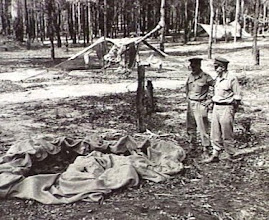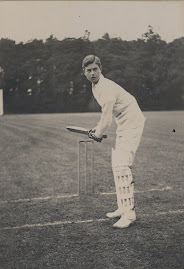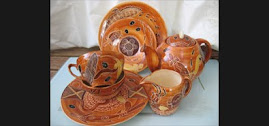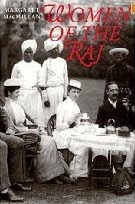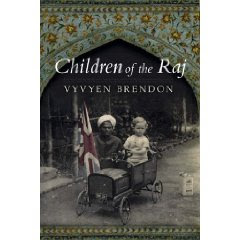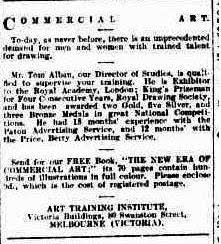Also known as Clifton Frederick Bailey (mother's maiden name) and Clifton Frederick Morgan (foster parents surname)
Clifton F Alban was a son of Clifton F S Alban. He was born in Bournemouth birth on 24 March 1897 and the birth was registered by Florence L Bailey two months later.
In 1901 he is shown as Clifton F Morgan, the foster or adopted child of George William Morgan (1854-1916) and his wife Mary Ann (nee Ells, 1854-1916) in Bromley Gardens, Kent. Several generations of the Morgan family have been named Clifton after him.
Clifton F Alban was a son of Clifton F S Alban. He was born in Bournemouth birth on 24 March 1897 and the birth was registered by Florence L Bailey two months later.
In 1901 he is shown as Clifton F Morgan, the foster or adopted child of George William Morgan (1854-1916) and his wife Mary Ann (nee Ells, 1854-1916) in Bromley Gardens, Kent. Several generations of the Morgan family have been named Clifton after him.
For a short time Clifton F Alban was a boarding pupil at Bedales School
After leaving school he sought and obtained an introduction to the London Regiment from the Clayesmores school principal prior and was commissioned in the 7th (City of London) Battalion, The London Regiment and had been their Transport Officer while at Ipswich and Sutton Verny.
He joined the 17th Battalion Royal Fusiliers on 8 December 1914 as a Private (Regimental Number 1209) under the name of Clifton Frederick Bailey. They were then stationed at Whyteleafe, Surrey. On his application form he named his only surviving full sibling, John Bailey Alban of 2 Woodville Road, Ealing as his next of kin, although his father was still alive.
He was commissioned Temporary Second Lieutenant on 7 April 1915 and posted to the 14th Battalion, Royal Fusiliers. However he was immediately attached to the 2nd/7th London Regiment for training, joining them in Ipswich around 19 May 1915. It appears he never actually served with the 14th Royal Fusiliers as he then successfully requested a transfer to the 2nd/7th on 4 August 1917. He formally transferred on 10 September 1915 (but had probably remained with them throughout this period).
At the time of his death his home address was 50 Granville Park, Blackheath, London, SE. He has no known grave and his death, along with that of many thousands of other WW1 airmen, is commemorated on the Arras Flying Services in the Faubourg-d’Amiens Cemetery, Arras at the Pas de Calais, France.
He was awarded the British War and Victory Medals. His short life is remembered by Clayesmore school by a stained glass window in the chapel.
At the time of his death a Rev W A Hamilton of Croydon claimed to have brought him up although there is so far no independent confirmation of this. Clifton F Alban's presence in the Morgan's Bromley home as a four year old child in 1901 has been already shown.
At the age of 19 and in the same year he joined the London regiment, he married Doris Mabel Gregory. Their marriage was brief and there were no children. She later remarried.
He joined No.1 School of Aeronautics (Reading) on 2 October 1916, then No.12 Reserve Squadron on 17 November 1916 and 13 Reserve Squadron on 10 January 1917. He graduated as a Temporary Lieutenant (Flying Officer) in the Royal Flying Corps on 24 February 1917 and was posted to 59 Squadron Royal Flying Corps in France on 14 March 1917, seconded for duty as a Lieutenant on 27 March 1917 with precedence to 1 June 1916.
According to the Squadron Record Book he made a solo test flight in a RE8 on 17 March and a further test flight (with Corporal Green) the next day. His first patrol was with Lieutenant Law at 6.15 am but was abandoned after 15 mins due to heavy ground mist making it impossible to observe from 800 feet. He made a further test flight later that day and made a successful patrol with Lt Law on 25 March as escort to reconnaissance and photography.
On 5 April he went up with 40213 2/AM V.N. Barrie from 6.35 am to 7.50 am flying as escort to a reconnaissance patrol. On 6 April 1917, he was posted missing after failing to return from escort duty to a photographic flight in the area of Vitry-En-Artois, Arras. This period was known as “bloody April” and two other machines from his squadron also failed to return.
His death was presumed on 3 November 1917 and confirmed by the Army Council (Part II Orders dated 30 March 1918). At the time, he was flying an RE8 (A.3206) aeroplane and his observer was 40213 AMII V.N. Barrie (also killed in action). They left the aerodrome at 0935 being shot down at about 10.30 in the Thelus-Rouvroy area. His plane was the second victory of Vizefeldwebel Carl Menckhoff of Jagdstaffel 3.
At the time of his death a Rev W A Hamilton of Croydon claimed to have brought him up although there is so far no independent confirmation of this. Clifton F Alban's presence in the Morgan's Bromley home as a four year old child in 1901 has been already shown.
At the age of 19 and in the same year he joined the London regiment, he married Doris Mabel Gregory. Their marriage was brief and there were no children. She later remarried.

